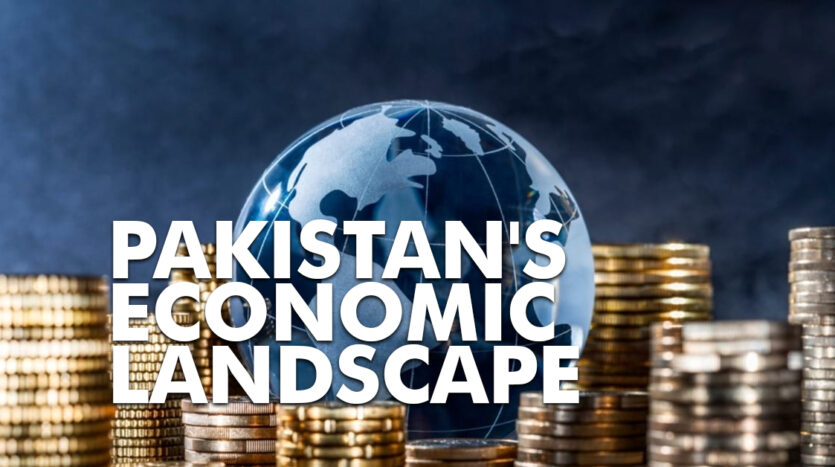Pakistan’s Economic Landscape
Challenges and Opportunities in Real Estate
Pakistan’s economy has been navigating a complex and dynamic landscape in recent years. A confluence of factors, including political instability, energy crises, and global economic downturns, has presented significant challenges. However, the country also possesses immense potential, particularly in the real estate sector. In this blog, we will delve into the current economic situation of Pakistan, its impact on the real estate market, and potential avenues for improvement.
Understanding Pakistan’s Economic Challenges
Several key factors have contributed to Pakistan’s economic woes. The persistent current account deficit, coupled with a depreciating rupee, has led to inflationary pressures. Additionally, the energy sector’s inefficiencies have burdened the economy with substantial subsidies. These challenges have created a climate of uncertainty, affecting various sectors, including real estate.
The Impact on Pakistan’s Real Estate Market
The real estate sector, often considered a barometer of economic health, has not been immune to these challenges. Rising construction costs, coupled with decreased purchasing power due to inflation, have impacted property prices and sales. Moreover, the tightening of monetary policy to curb inflation has made mortgage financing less accessible, further dampening market activity.
Despite these headwinds, the real estate sector in Pakistan continues to exhibit resilience. The country’s growing population, urbanization, and the aspiration for improved living standards create a sustained demand for housing and commercial spaces. Furthermore, the influx of overseas Pakistanis remitting funds to the country has provided a steady source of investment in the real estate market.
Strategies for Economic Improvement and Real Estate Growth
To address the challenges and unlock the full potential of Pakistan’s economy, several strategic interventions are required.
Energy Sector Reform: Overhauling the energy sector is paramount. Reducing inefficiencies, promoting renewable energy sources, and implementing market-based pricing mechanisms can significantly alleviate the burden on the economy.
Infrastructure Development: Investing in transportation, communication, and energy infrastructure is crucial for stimulating economic growth. Improved infrastructure can attract foreign investment, create jobs, and enhance the overall business environment.
Ease of Doing Business: Streamlining bureaucratic processes, reducing regulatory hurdles, and providing investor-friendly policies can boost business confidence and encourage domestic and foreign investment.
Education and Skill Development: Investing in human capital through education and skill development is essential for a skilled workforce. A well-educated population can drive innovation, productivity, and economic growth.
Good Governance and Transparency: Establishing transparent and accountable governance practices is vital for fostering investor confidence and promoting economic development.
The Role of Real Estate in Economic Recovery
The real estate sector can play a pivotal role in driving economic recovery. By creating employment opportunities, contributing to tax revenue, and stimulating related industries, real estate can act as a catalyst for growth.
To harness the full potential of the real estate sector, the government can implement policies that promote affordable housing, encourage private sector participation, and simplify land acquisition processes. Moreover, developing a robust mortgage market can increase homeownership rates and boost consumer spending.
Conclusion
Pakistan’s economic landscape presents both challenges and opportunities. While the current situation is demanding, the country’s inherent strengths and potential for growth remain intact. By addressing the underlying issues and implementing sound economic policies, Pakistan can embark on a path of sustainable development. The real estate sector, with its capacity to generate employment, investment, and economic activity, can be a key driver of this growth trajectory.

